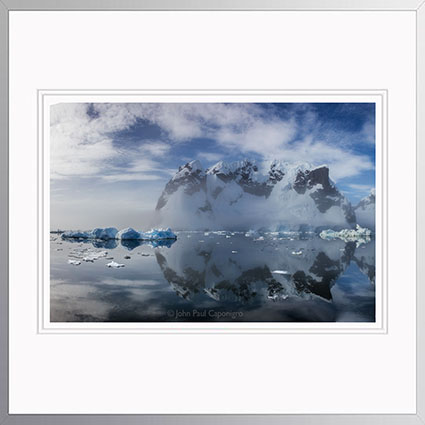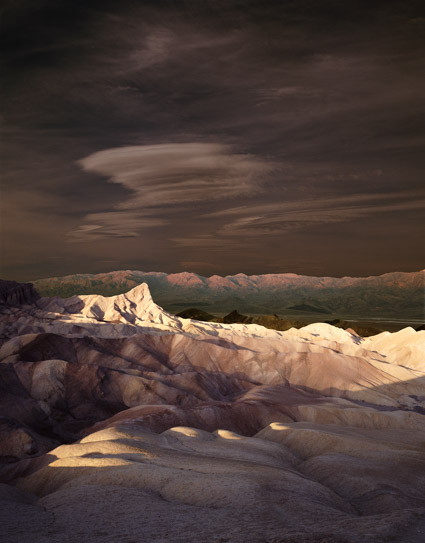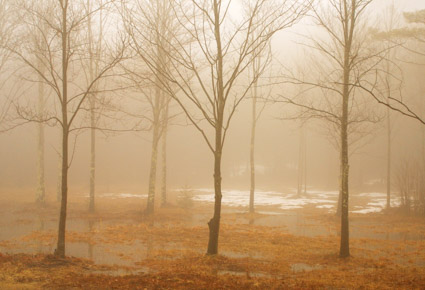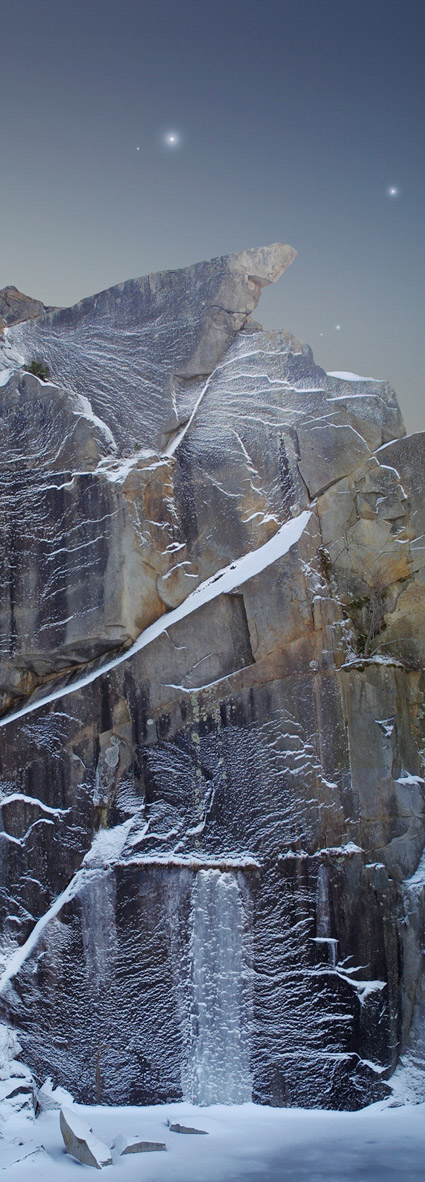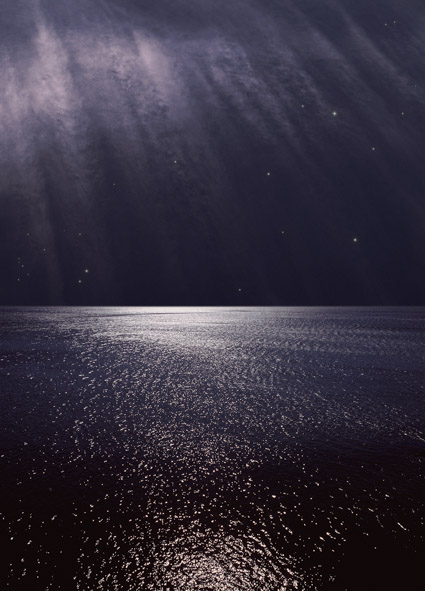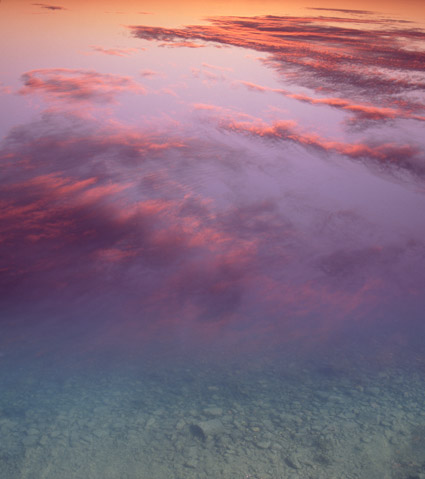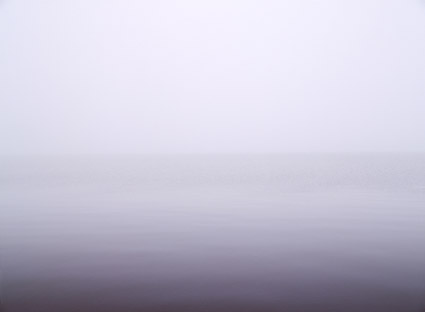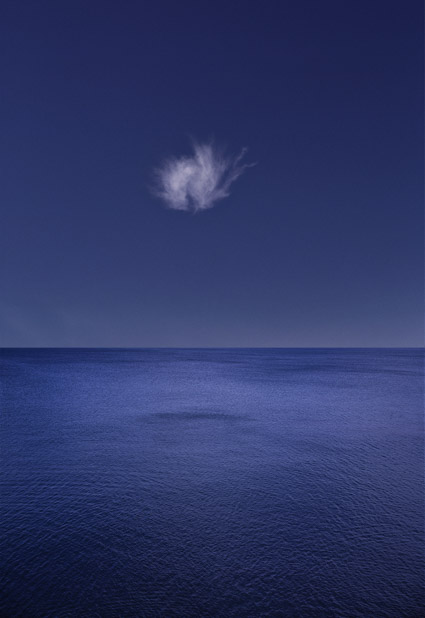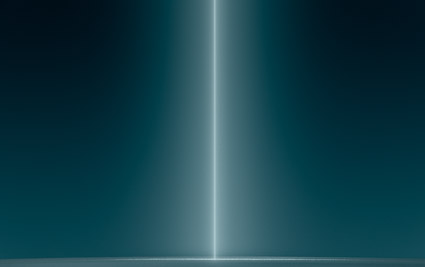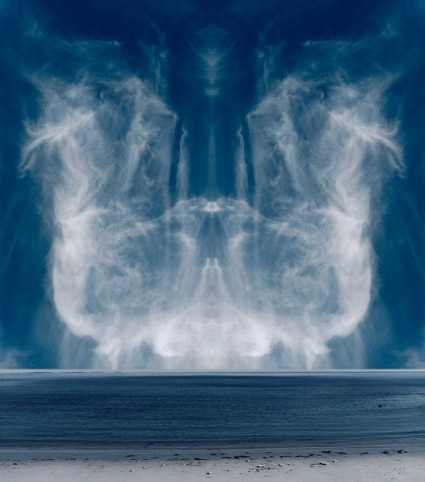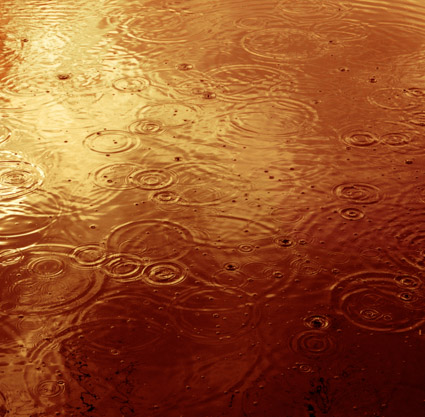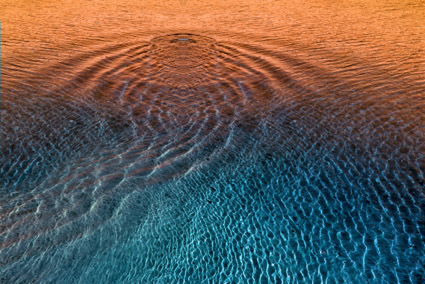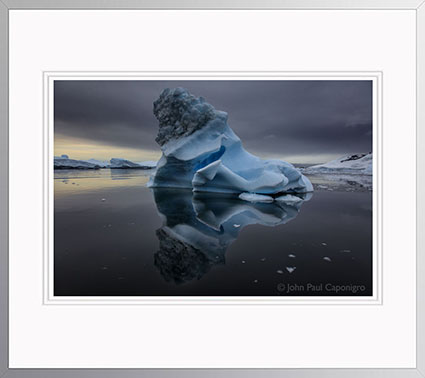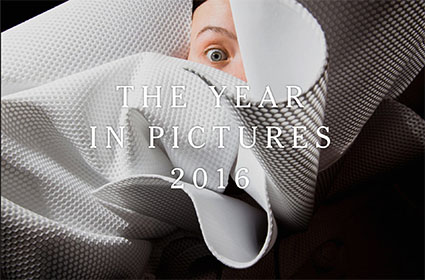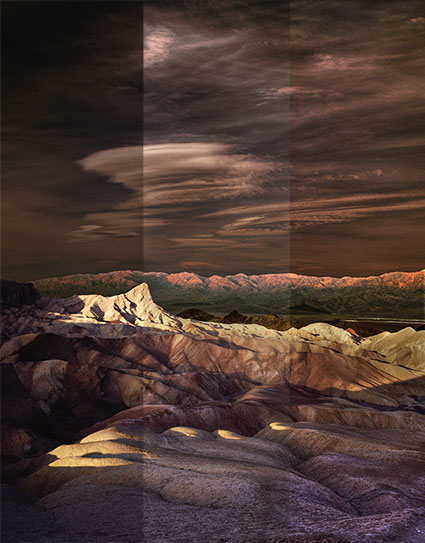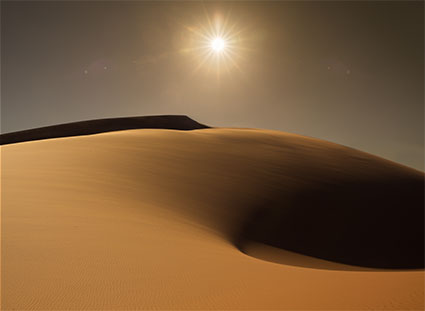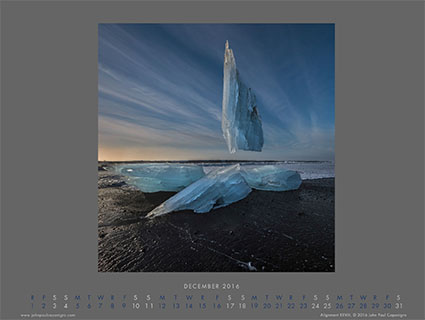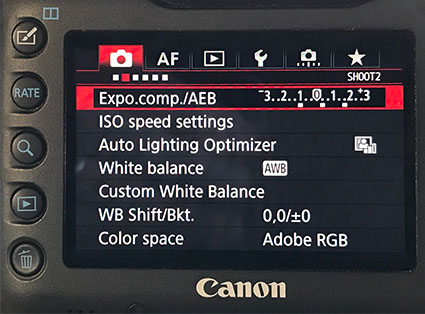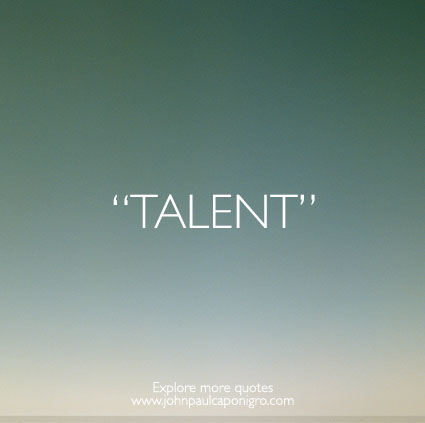
Enjoy this collection of quotes on Talent.
“Talent is nothing but a prolonged period of attention and a shortened period of mental assimilation.” – Konstantin Stanislavsky
“I believe that every person is born with talent.” – Maya Angelou
“Talent is an accident of genes – and a responsibility.” – Alan Rickman
“Hide not your talents, they for use were made, What’s a sundial in the shade?” ― Benjamin Franklin
“Whether or not you discover your talents and passions is partly a matter of opportunity. If you’ve never been sailing, or picked up an instrument, or tried to teach or to write fiction, how would you know if you had a talent for these things?” – Ken Robinson
“Self-doubt kills talent.” – Edie McClurg
“Talent is a wonderful thing, but it won’t carry a quitter.” – Stephen King
“At first I wasn’t sure that I had the talent, but I did know I had a fear of failure, and that fear compelled me to fight off anything that might abet it.” – Gordon Parks
“The greatest talents often lie buried out of sight.” – Plautus
“This is how I define talent; it is a gift that God has given us in secret, which we reveal without knowing it.” – Montesquieu
“I built my talents on the shoulders of someone else’s talent.” – Michael Jordan
“The best way to get more talents is to improve the talents we have.” – Edward Bickersteth
“Some people possess talent, others are possessed by it. When that happens, a talent becomes a curse.” – Rod Serling
“Sometimes, indeed, there is such a discrepancy between the genius and his human qualities that one has to ask oneself whether a little less talent might not have been better.” – Carl Jung
“The real issue is not talent as an independent element, but talent in relationship to will, desire, and persistence. Talent without these things vanishes and even modest talent with those characteristics grows.” – Milton Glaser
“Ordinary people think that talent must be always on its own level and that it arises every morning like the sun, rested and refreshed, ready to draw from the same storehouse — always open, always full, always abundant — new treasures that it will heap up on those of the day before; such people are unaware that, as in the case of all mortal things, talent has its increase and decrease, and that independently of the career it takes, like everything that breathes… it undergoes all the accidents of health, of sickness, and of the dispositions of the soul — its gaiety or its sadness. As with our perishable flesh. talent is obliged constantly to keep guard over itself, to combat, and to keep perpetually on the alert amid the obstacles that witness the exercise of its singular power.” – Eugène Delacroix
“It takes little talent to see clearly what lies under one’s nose, a good deal of it to know in which direction to point that organ.” – W. H. Auden
“One thing I’ve learned is that I’m not the owner of my talent; I’m the manager of it.” – Madonna Ciccone
“There is no such thing as a great talent without great will power.” – Honore de Balzac
“Talent is cheaper than table salt. What separates the talented individual from the successful one is a lot of hard work.” – Stephen King
“Confidence is the most important single factor in this game, and no matter how great your natural talent, there is only one way to obtain and sustain it: work.” – Jack Nicklaus
“Talent without discipline is like an octopus on roller skates. There’s plenty of movement, but you never know if it’s going to be forward, backwards, or sideways.” – H. Jackson Brown, Jr.
“Hard work pays off – hard work beats talent any day, but if you’re talented and work hard, it’s hard to be beat.” – Robert Griffin III
“Effort without talent is a depressing situation… but talent without effort is a tragedy.’ – Mike Ditka
“Men fail much oftener from want of perseverance than from want of talent.” – William Cobbett
“Talent alone won’t make you a success. Neither will being in the right place at the right time, unless you are ready. The most important question is: ‘Are your ready?’” – Johnny Carson
“We are told that talent creates its own opportunities. But it sometimes seems that intense desire creates not only its own opportunities, but its own talents.” – Eric Hoffer
“There is not much danger that real talent or goodness will be overlooked long, and the great charm of all power is modesty.” – Louisa May Alcott
“Talent is always conscious of its own abundance, and does not object to sharing.” – Aleksandr Solzhenitsyn
“Genius is talent set on fire by courage.” – Henry Van Dyke
“Talent is a flame. Genius is a fire.” – Bernard Williams
“Talent does what it can; genius does what it must.” – Edward G. Bulwer-Lytton
“Talent does whatever it wants to do. Genius does only what it can.” – Eugene Delacroix
“Talent hits a target no one else can hit; Genius hits a target no one else can see.” – Arthur Schopenhauer
“Genius gives birth, talent delivers.” – Jack Kerouac
“Talent for talent’s sake is a bauble and a show. Talent working with joy in the cause of universal truth lifts the possessor to new power as a benefactor.” – Ralph Waldo Emerson
“Everyone has talent. What is rare is the courage to follow the talent to the dark place where it leads.” – Erica Jong
“If a man has talent and can’t use it, he’s failed. If he uses only half of it, he has partly failed. If he uses the whole of it, he has succeeded, and won a satisfaction and triumph few men ever know.” – Thomas Wolfe
“I would like to be remembered as someone who did the best she could with the talent she had.” – J. K. Rowling
“When I stand before God at the end of my life, I would hope that I would not have a single bit of talent left and could say, I used everything you gave me.” – Erma Bombeck
“Your talent is God’s gift to you; what you do with it is your gift to God.” – Leo Buscaglia
“Never confuse the size of your paycheck with the size of your talent.” – Marlon Brando
“Success is what you do with your ability. It’s how you use your talent.” – George Allen, Sr.
“One needs more than ambition and talent to make a success of anything, really. There must be love and a vocation.” – Jessye Norman
“A really great talent finds its happiness in execution.” – Johann Wolfgang von Goethe
“If you’ve got a talent, protect it.” – Jim Carrey
Explore The Essential Collection Of Creativity Quotes here.
View The Essential Collection Of Creativity Videos here
Discover more quotes in my social networks.
